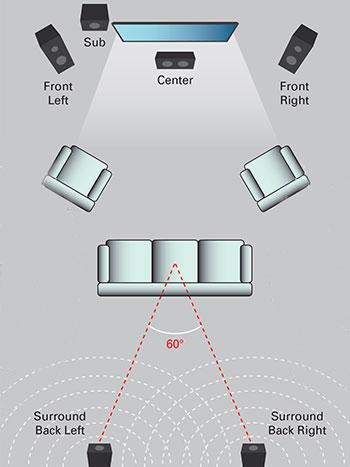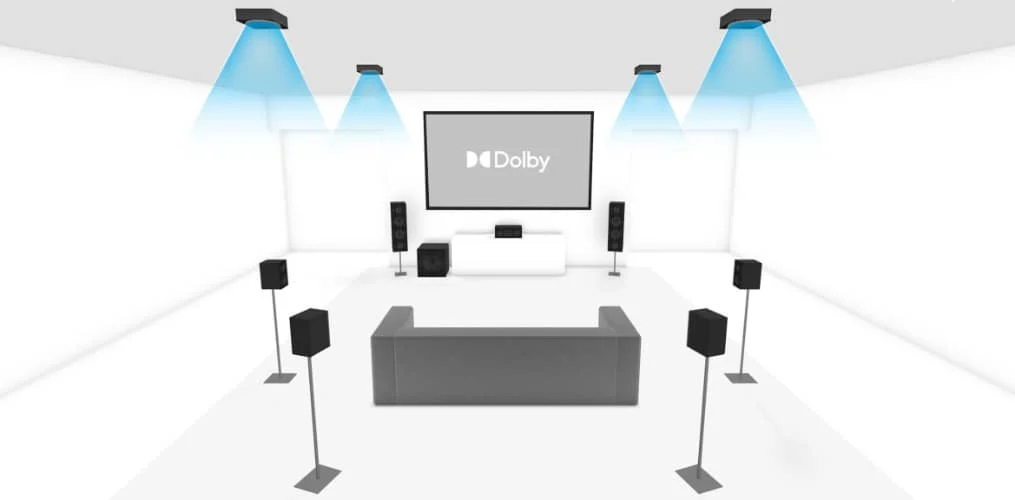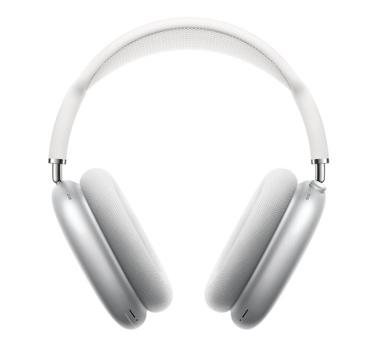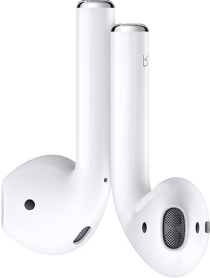Posted by Tom Morris on October 27, 2023
If you’ve listened to music lately you have likely seen a “Dolby Atmos’ or “Spacial Audio” tag pop up on your music player app, or have heard your favorite artist get excited on social media about releasing their music in Immersive Audio, Dolby Atmos, Sony 360, or 3D sound. These are all variations on a theme, but what does it mean for the way you or your fans listen to music? Immersive Audio is a way for a listener to be completely surrounded by music – from all sides as well as from above. It’s a way to experience music (or movie sound) in a way that can put the listener inside the music or faithfully recreate a concert hall.
For the first time, the artist and producer are in control of the way the listener experiences a song. Imagine that you want to be on the stage with a jazz quartet – guitar on the left side, piano on the right and drums and bass in front. Or that you’re listening to a full orchestra as if you were the conductor – the violins on your left, violas in the middle and the cellos and basses on your right. Or, you could be 4th row center in the audience. You could have a guitar solo that dives down from the ceiling, then circles around behind you to end up right in front of your face. The possibilities are endless.
There have been attempts to present music with a more immersive sound before. Quad and surround are the most notable, both of which were short-lived. The biggest reason was that, at the time, they could only be listened to in a studio or at home with a significant investment in speakers and amplifiers. There wasn’t a portable option. No headphones or car systems.
The new generation of immersive audio formats are capable of being listened to from any current version of phone, computer or entertainment system – even in cars. Streaming services like Apple Music, Amazon and Tidal already offer an immersive streaming option with more to follow soon. The new immersive mixes are also designed to be downward compatible. Software senses the equipment being used for playback and adjusts the mix to fit. Whether you’re listening in a professional studio with 12 or more speakers, on a surround system in your home, on Atmos enabled headphones or even on a standard stereo system, you hear the mix in the best possible perspective for your equipment.
There are music lovers today that don’t like Atmos, just like there were those that preferred mono to stereo when it first came out. Change is hard for some people, but that doesn’t mean immersive audio will go the way of Quad and 5.1 music. The fact that Atmos mixes can be played anywhere on just about any equipment means that this may be the first new format with staying power since stereo made mono obsolete.
If you haven’t had the chance to feel the excitement and energy that an immersive mix brings to the way we listen to music, drop us a line and make an appointment to come experience it in person at Morrisound.








